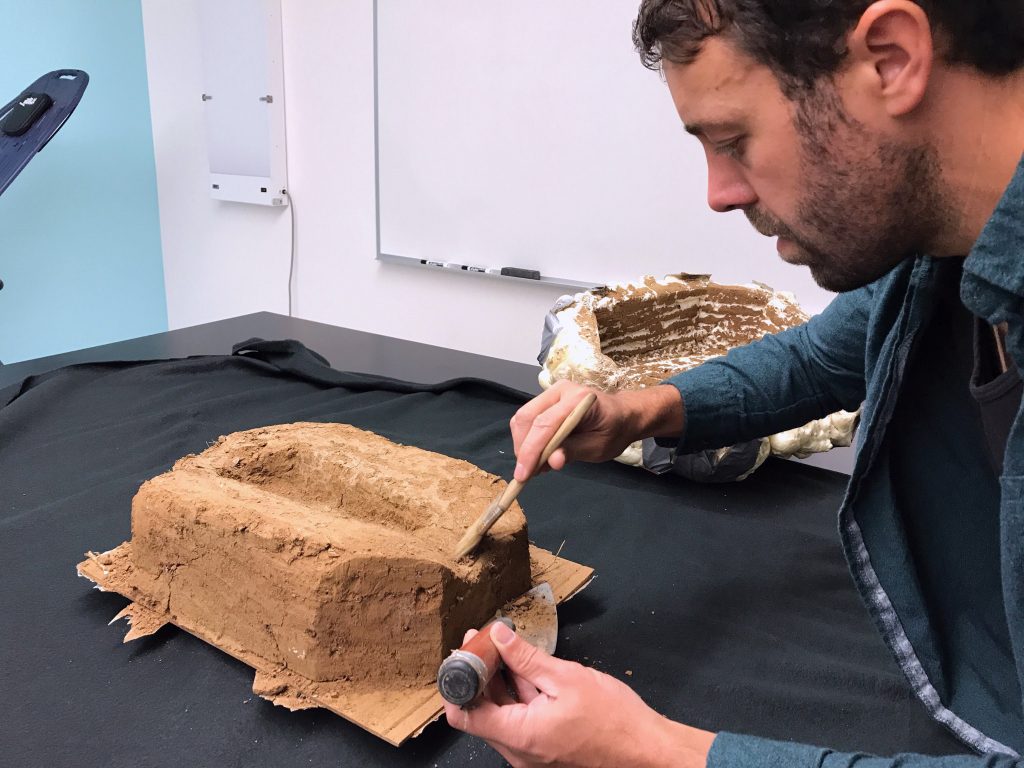Child’s footprint in Alaska is oldest found in North American subarctic
The footprint links an ancient site to contemporary Indigenous cultures in Alaska.

An impression left by a child who was walking at an ancient home site in the boreal forest of Alaska is now the oldest known footprint in the North American subarctic, scientists have reported.
The footprint is estimated to be about 1,840 years old, according to a study published in the Journal of Archaeological Science: Reports. It was discovered two years ago by a University of Alaska Fairbanks-led team in a prehistoric house site near Big Delta, about 90 miles southeast of Fairbanks.
The footprint, equivalent to about a modern U.S. shoe size of 5 1/2, was made by someone wearing a soft moccasin-like shoe, the study said. A child 9 to 12 years old is believed to have made the print, the study said.
Even though it took some time to analyze it and confirm its age and characteristics, the impression was recognized as a footprint pretty quickly by the field team, said Gerad Smith, a UAF doctoral candidate who is the lead author of the paper.
The print was found embedded in reddish soil that contrasted with a more yellow-tinted soil, Smith said in an email. That reddish soil marked the living surface of the site, he said. “The footprint became apparent within about an hour of fieldwork, so we made sure to protect it as soon as possible for the later forensic analysis we conducted,” he said.
The person credited with the initial discovery is Steve Schoenhair, a UAF student who at the time was excavating a layer at the “living floor” just outside an oval-shaped house pit, a university statement said.
The footprint is one of the many discoveries made at the Swan Point archaeological site, located in the Tanana Valley State Forest. The site itself was discovered in the early 1990s and dates back more than 14,000 years. It has yielded a rich trove of finds, including evidence that people there used microblade technology to kill woolly mammoths.
The child’s footprint is from a much later period and also from a time when Athabascan society has become complex. And evidence from that site indicates a successful family, possibly of high social status. “The presence of a child and well-constructed house in associated context suggests a healthy prehistoric family,” the study says.
Before European contact, Smith said by email, Athabascan society was typically split into two sides. “Both sides struggled against each other for socio-political power, but were also closely bound together, as one could only marry people of the opposing side, and any funeral rites could only be performed by members of the deceased opposite clan,” he said. “I strongly suspect that the housepit that we excavated with the footprint likely belonged to the direct ancestors of this social system, as the house feature looks very similar to later ones from the 19th century that have been studied.”